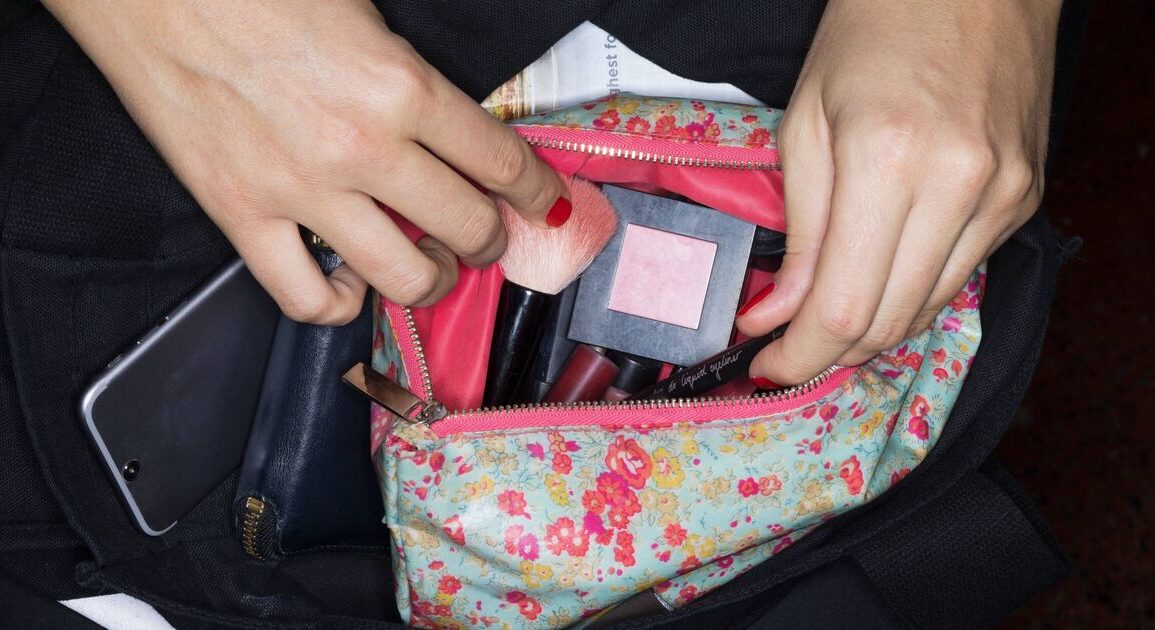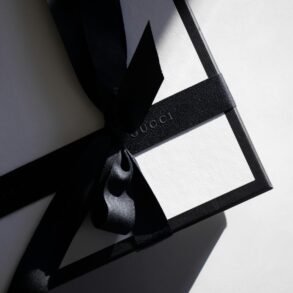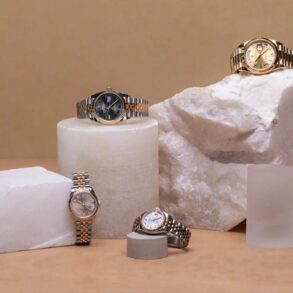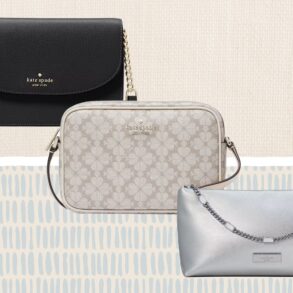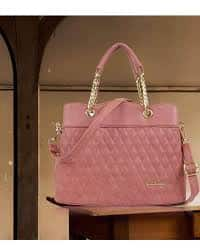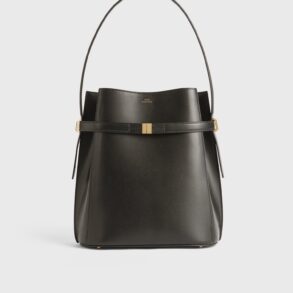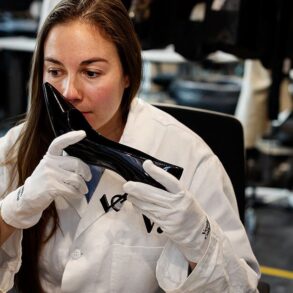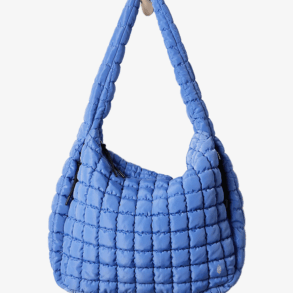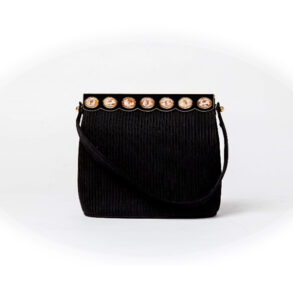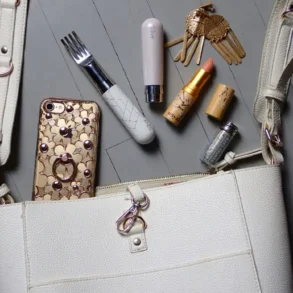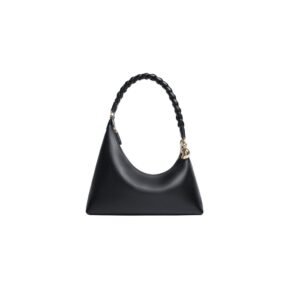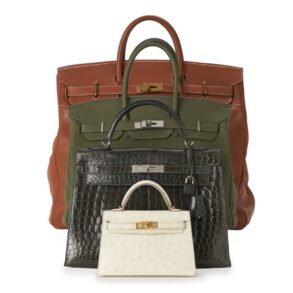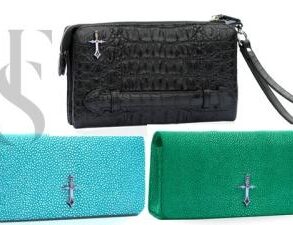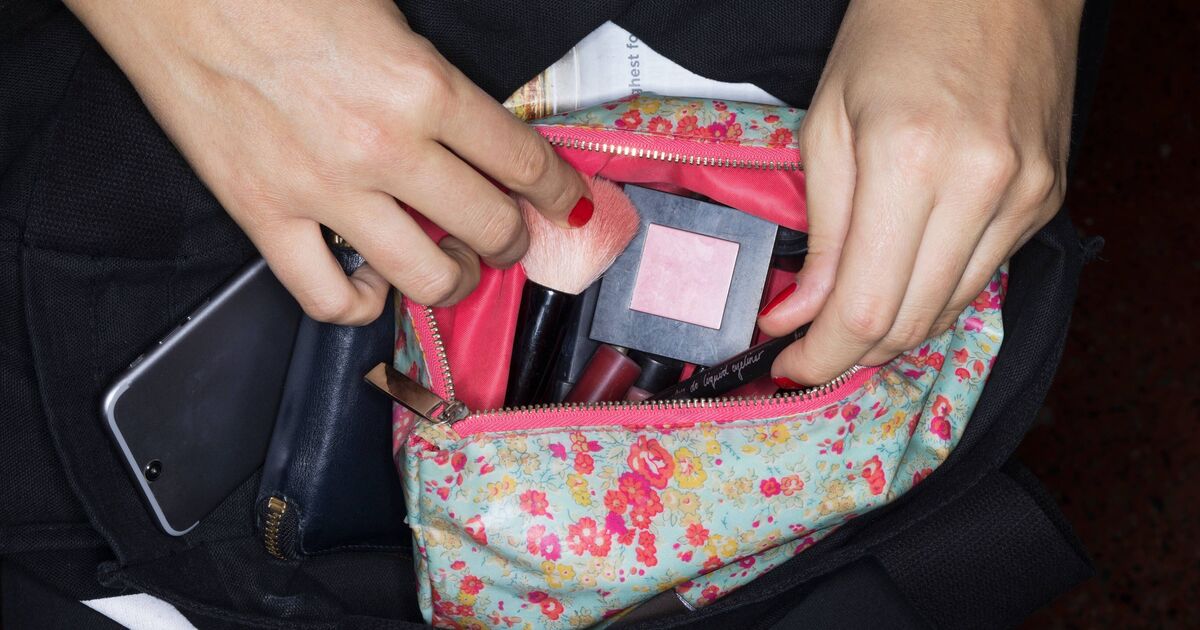
Stashing cosmetic bags in moist places like under the sink or near showers worsens matters, hastening mold growth and fostering an ideal environment for germs to thrive.
To combat bacterial spread, Saffron advises ensuring products are sealed after use.
She warns: “Leaving lids open may seem harmless, but it’s actually a silent invitation to bacteria.
“When you use a product, always double-check that the lid is tightly shut. This simple step prevents moist air from entering the product and creates the perfect humid conditions for bacterial growth, which can lead to skin problems.
“It’s also easy to forget that makeup products themselves need cleaning, not just the brushes or applicators.”
She continued: “While most people understand the importance of cleaning their brushes regularly, they often overlook the products themselves.
“Dust, dead skin cells, and product build-up can accumulate on your beauty products. My research has shown that E. coli, fungus, and staphylococcus aureus can be found on these bacteria products that can cause serious skin infections if not addressed.”
Saffron further added: “Beauty blenders and other makeup sponges can harbor mold if they aren’t cleaned after each use.
“Their porous structure allows them to absorb dirt, oils, and leftover makeup residue, creating an environment where mould thrives if not cleaned regularly. This can lead to breakouts and other skin irritations.”
Other advice from the beauty expert includes getting rid of out-of-date products.
Saffron advised: “Before opening any new beauty product, always check the label for the expiration date indicated by a small jar symbol with a number followed by ‘M.’
“After this timeframe, products decline in quality and can become breeding grounds for bacteria.”
If the expiration date of a product is uncertain, its appearance and texture can be a giveaway.
According to Saffron: “One of the easiest ways to tell if your product has expired is by its smell or texture. If it develops a new distinctive odor or if liquid products have thickened or become clumpy, it’s time for them to go.”
Maintaining clean storage areas is also crucial. Dirty bags, drawers, and surfaces can transfer bacteria to clean products.
Saffron advised: “It’s not just about cleaning your makeup; you must also clean where you store it! If you don’t clean your drawers or storage areas, you’re placing clean products into potentially germ-infested spaces.”
Cleaning makeup storage areas is a straightforward process.
Saffron recommended using a hair dryer to remove loose dirt and dust, followed by wiping everything down with a mild soap solution and a microfibre towel.
This post was originally published on this site be sure to check out more of their content.


